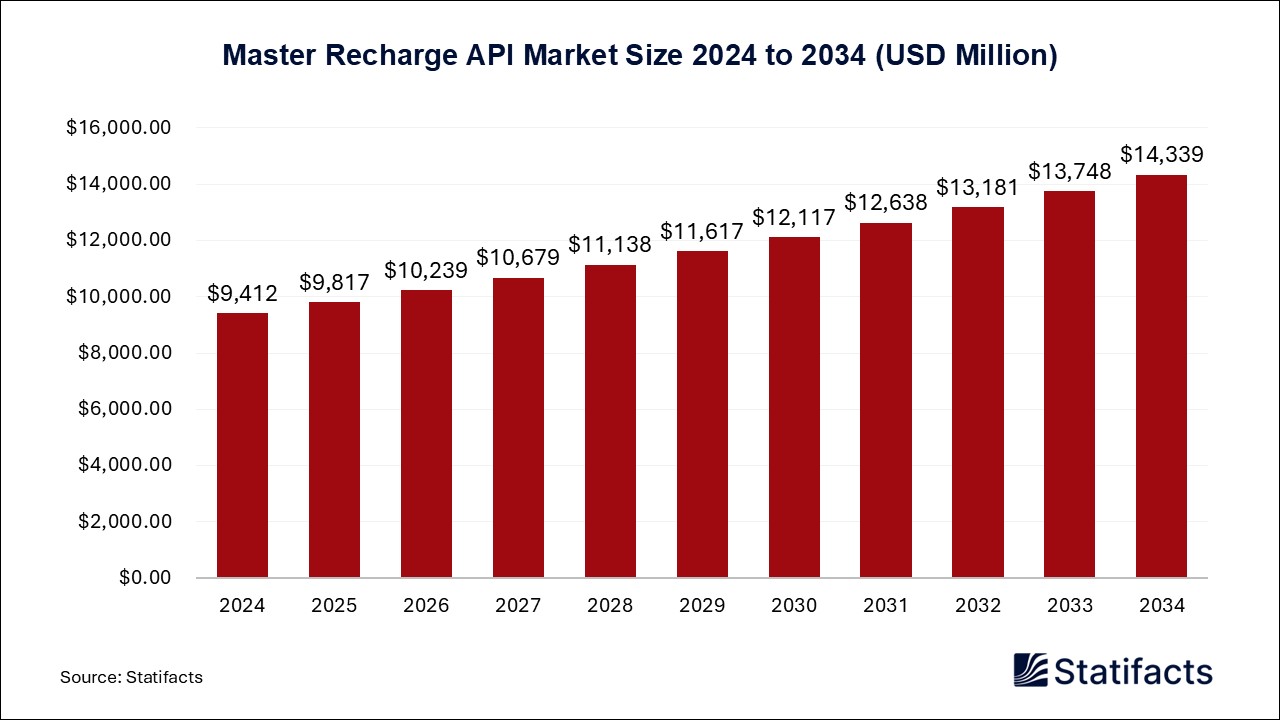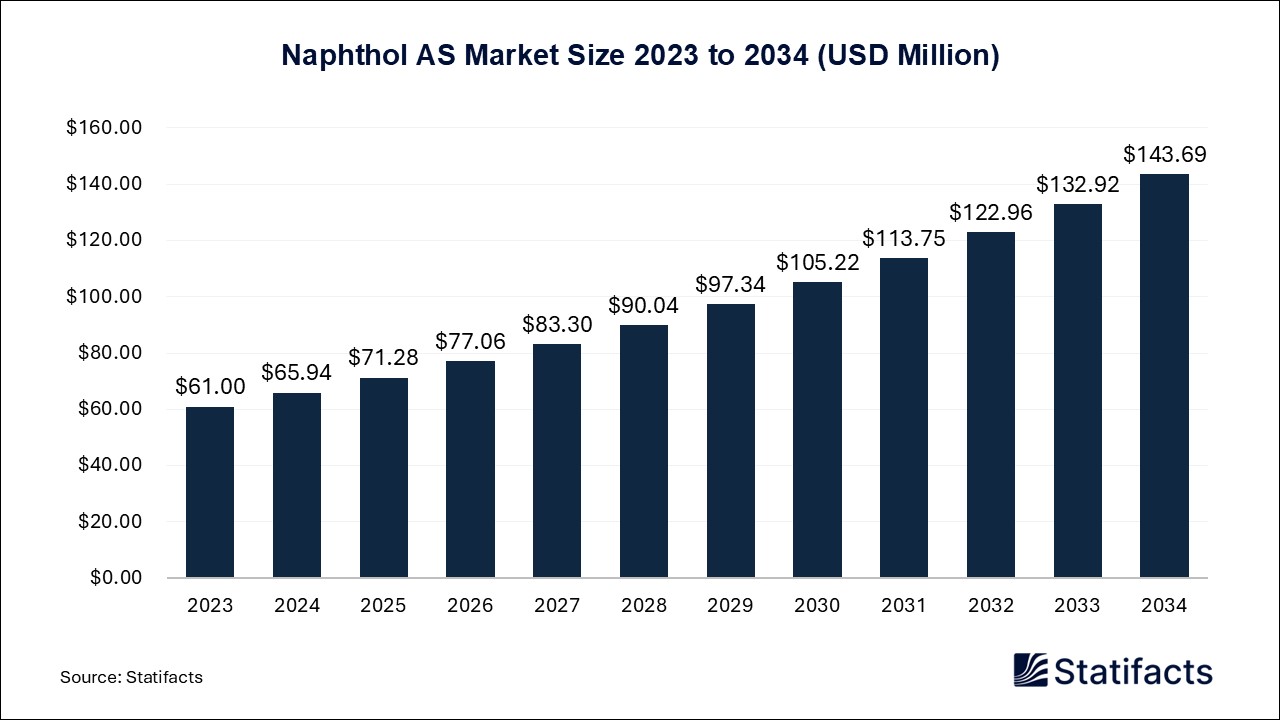

Our customers work more efficiently and benefit from
The U.S. next generation sequencing market size was estimated at USD 3,190 million in 2024 and is projected to be worth around USD 14,050 million by 2034, growing at a CAGR of 15.98% from 2025 to 2034.
The U.S. next generation sequencing market refers to the production, distribution, and use of this next generation sequencing (NGS), which involves products or services for sequencing DNA or RNA used to study genetic variations linked to diseases. NGS has revolutionized biological research and offers deeper insights than traditional methods. Next-generation sequencing and massively parallel or deep sequencing are related terms that describe a DNA sequencing technology revolutionizing genomic research. By using NGS, an entire human genome can be sequenced within a single day.
Next-generation sequencing is a type of DNA sequencing technology that uses parallel sequencing of many small fragments of DNA to determine the sequence. This high throughput technology has allowed a dramatic increase in the speed at which an individual’s genome can be sequenced. As compared to traditional methods, NGS offers benefits in sensitivity, accuracy, and speed that have the potential to make a significant impact on the field of oncology. NGS's ability to assess many genes in a single assay eliminates the need to order many tests to identify the causative mutation.
| Industry Worth | Details |
| Market Size in 2024 | USD 3,190 Million |
| Market Size in 2025 | USD 3,700 Million |
| Market Size by 2034 | USD 14,050 Million |
| Market Growth Rate from 2025 to 2034 | CAGR of 15.98% |
The rising demand for precision medicine in identifying biomarkers is driving the growth of the U.S. next generation sequencing market. This allows targeted therapies and advancing precision medicine initiatives globally. The rising demand for precision medicine biomarkers that can predict glycemic control, insulin sensitivity, and other metabolic responses is increasing, enhancing patient outcomes in diabetes care and promoting advancement in targeted therapies. Precision medicine can help more people to gain greater control over their illness and better quality of life faster by providing more accurate disease diagnosis and using treatments that target the causes of disease.
Precision medicine specializes in the use of molecular markers that signal the risk of disease or its presence before symptoms or clinical signs appear. This offers healthcare providers the opportunity to focus on prevention and early intervention rather than a reactive response to advanced stages of disease. Precision medicine, integrated into healthcare, has the potential to yield more precise diagnoses, predict disease risk before symptoms occur, and design customized treatment plans that maximize safety and efficiency.
Technological advancement in next generation technology driving the growth of the U.S. next generation sequencing market. Next-generation sequencing (NGS) has revolutionized genomics, expanding our knowledge of genome structure, function, and dynamics. This innovative technology has allowed scientists to explore the complexities of genetic information in unprecedented ways. NGS has catalyzed genetic research by providing an unprecedented ability to decode the genetic information within organisms, cells, and populations.
It has significantly accelerated genetic research by allowing scientists to sequence entire genomes swiftly and economically. Recent developments have focused on quicker and more precision sequencing, lowering costs, and enhanced data analysis. This technology shows great promise toward unlocking new insights into genomics and enhancing our understanding of many diseases and conditions. A further benefit is that the machine is fed automatically into a computer. This is much quicker than reading a gel manually and typing the resulting sequence into a computer. It also avoids the errors that are virtually inescapable with manual data entry.
Increasing research and development activities are driving the growth of the U.S. next-generation sequencing market. The benefits of research and development activities include cost management benefits, increased market competition, trend matching, and advancements in marketing abilities, which are all reasons companies invest in R&D. R&D can lead to discoveries and ideas or the invention or improvement of products and services. In short, R&D may be the first step to creating something new. The method can help researchers identify areas of potentially promising quantitative and qualitative research.
Published by Laxmi Narayan , February 2025
For any questions about this dataset or to discuss customization options, please write to us at sales@statifacts.com
| Stats ID: | 8024 |
| Format: | Databook |
| Published: | February 2025 |
| Delivery: | Immediate |
| Price | US$ 1550 |





| Stats ID: | 8024 |
| Format: | Databook |
| Published: | February 2025 |
| Delivery: | Immediate |
| Price | US$ 1550 |

You will receive an email from our Business Development Manager. Please be sure to check your SPAM/JUNK folder too.

Unlock unlimited access to all exclusive market research reports, empowering your business.
Get industry insights at the most affordable plan
Stay ahead of the competition with comprehensive, actionable intelligence at your fingertips!
Learn More Download
Download

